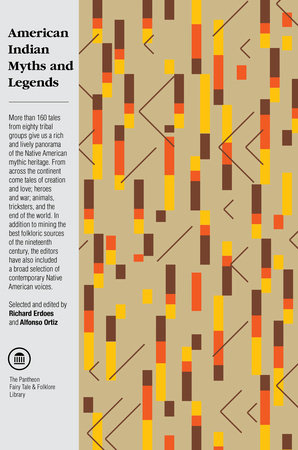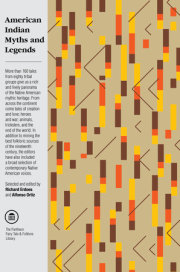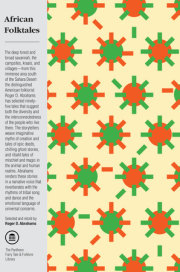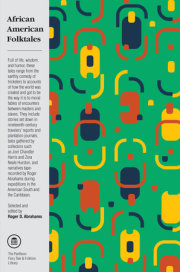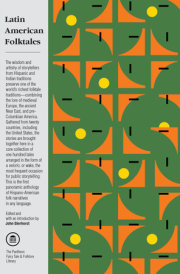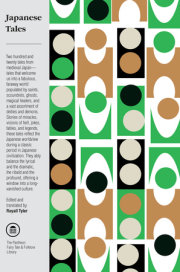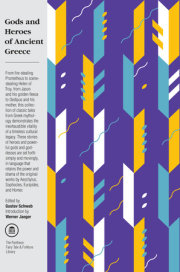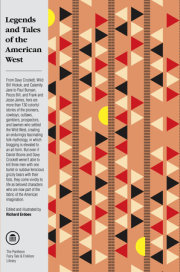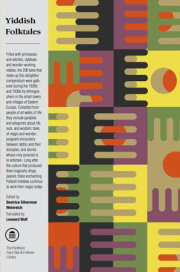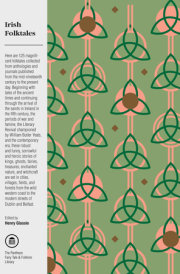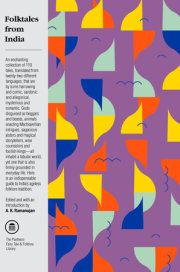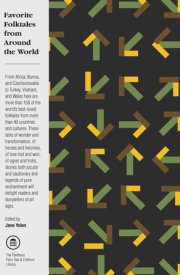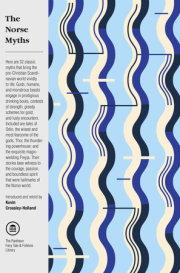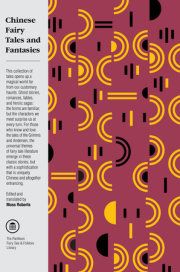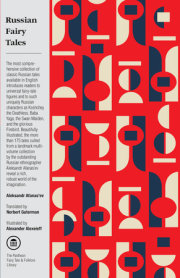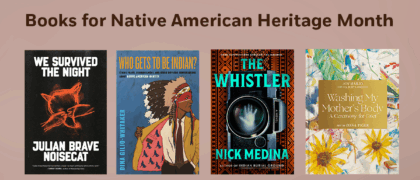CORN MOTHER [Penobscot]
What the buffalo represented to the nomadic tribe of the Plains, corn was to the planting people of the East and the Southwest—the all-nourishing sacred food, the subject of innumerable legends and the central theme of many rituals. Derived from a wild grass called teosintl,
corn was planted in Mexico’s Tehuacan Valley as early as 8,000 years ago. The oldest corn found north of the border was discovered in New Mexico’s Bat Cave. It is about 5,500 years old. The Hopi’s say: “Moing’iima makes corn. Everything grows on his body. He is short, about the height of a boy. He has a female partner. Every summer he becomes heavy, his body is full of vegetables: watermelon, corn, squash. They grow in his body. When the Hopi plant, they invariably ask him to make the crop flourish; then their things come up, whether vegetables or fruit. When he shaves his body, the seeds come out, and afterward his body is thin. He used to live on this earth and go with the Hopi. When things grow ripe, he becomes thin and is unhappy. He stays in the West.” Corn had equal significance for tribes in the East, as we see in this tale from a New England tribe. ***
When Kloskurbeh, the All-maker, lived on earth, there were no people yet. But one day when the sun was high, a youth appeared and called him “Uncle, brother of my mother.” This young man was born from the foam of the waves, foam quickened by the wind and warmed by the sun. It was the motion of the wind, the moistness of water, and the sun’s warmth which gave him life—warmth above all, because warmth is life. And the young man lived with Kloskurbeh and became his chief helper.
Now, after these two powerful being had created all manner of things, there came to them, as the sun was shining at high noon, a beautiful girl. She was born of the wonderful earth plant, and of the dew, and of warmth. Because a drop of dew full on a leaf and was warmed by the sun, and the warming sun is life, this girl came into being—from the green living plant, from moisture, and from warmth.
“I am love, said the maiden. “I am a strength giver, I am the nourisher, I am the provider of men and animals. They all love me.”
Then Kloskurbeh thanked the Great Mystery Above for having sent them the maiden. The youth, the Great Nephew, married her, and the girl conceived and thus became the First Mother. And Kloskurbeh, the Great Uncle, who teaches humans all they need to know, taught their children how to live. Then he went away to dwell in the north, from which he will return sometime when he is needed.
Now the people increased and became numerous. They lived by hunting, and the more people there were, the less game they found. They were hunting it out, and as the animals decreased, starvation came upon the people. And the First Mother pitied them.
The little children came to First Mother and said: “We are hungry. Feed us.” But she had nothing to give them, and she wept. She told them: “Be patient. I will make some food. Then your little bellies will be full.” But she kept weeping.
Her husband asked: “How can I make you smile? How can I make you happy?”
“There is only one thing that will stop my tears.”
“What is it?” asked her husband.
“It is this: you must kill me.”
“I could never do that.”
“You must, or I will go on weeping and grieving forever.”
Then the husband traveled far, to the end of the earth, to the north he went, to ask the Great Instructor, his uncle Kloskurbeh, what he should do.
“You must do what she wants. You must kill her,” said Kloskurbeh. Then the young man went back to his home, and it was his turn to weep. But First Mother said: “Tomorrow at high noon you must do it. After you have killed me, let two of our sons take hold of my hair and drag my body over that empty patch of earth. Let them drag my back and forth, back and forth, over every part of that patch, until all of my flesh has been torn from my body. Afterward, take my bones, gather them up, and bury them in the middle of this clearing. Then leave that place.”
She smiled and said, “Wait seven moons and then come back, and you will find my flesh there, flesh given out of love, and it will nourish and strengthen you forever and ever.”
So it was done. The husband slew the wife and her sons, praying, dragged her body to and fro as she had commanded, until her flesh covered all the earth. Then they took up her cones and buried them in the middle of it. Weeping loudly, they went away.
When the husband and his children and his children’s children came back to that place after seven moons had passed, they found the earth covered will tall, green, tasseled plants. The plants’ fruit—corn—was First Mother’s flesh, given so that the people might live and flourish/ And the partook of First Mother’s flesh and found it sweet beyond words. Following her instructions, they did not eat all, but put many kernels back into the earth. In this way her flesh and spirit renewed themselves every seven months, generation after generation.
And at the spot where they had burned First Mother’s ones, there grew another plant, broad-leafed and fragrant. It was First Mother’s breath, and they heard her spirit talking: “Burn this up and smoke it. It is sacred. It will clear your minds, help your prayers, and gladden your hearts.”
And First Mother’s husband called the first plant
Skarmunal, corn, and the second plant
utarmur-wayeh, tobacco.
“Remember,” he told the people,” and take good care of First Mother’s flesh, because it is her goodness become substance. Take good care of her breath, because it is her love turned into smoke. Remember her and think of her whenever you eat, whenever you smoke this sacred plant, because she has given her life so that you might live. Yet she is not dead, she lives: in undying love she renews herself again and again.”
—
Retold from three nineteenth-century sources, including Joseph Nicolar.
Copyright © 1985 by Richard Erdoes and Alfonso Ortiz. All rights reserved. No part of this excerpt may be reproduced or reprinted without permission in writing from the publisher.

